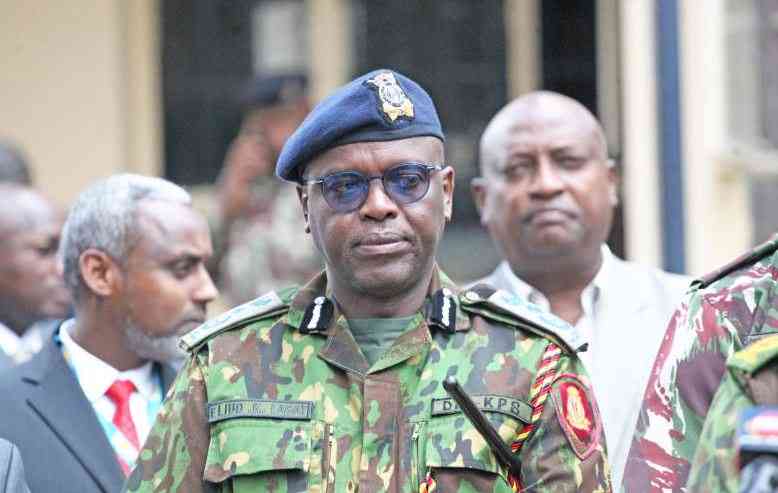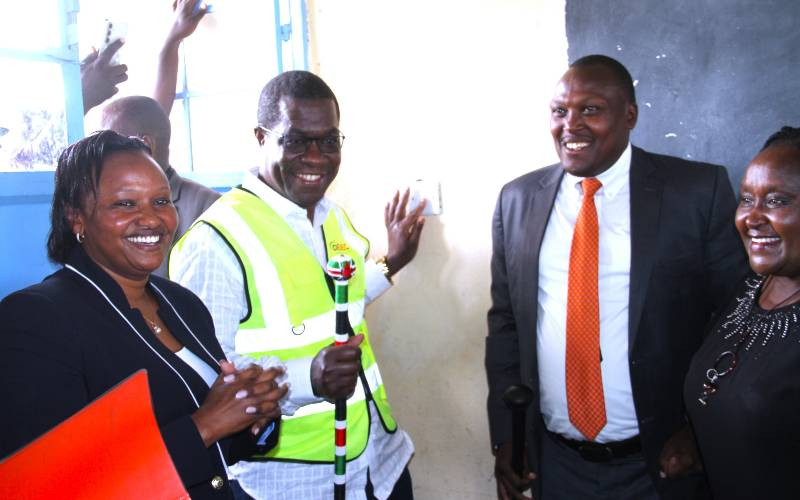With JULIE NYANG’AYA
What's less recognised is that talent and risk are not separate issues, but intimately connected in ways that can influence an organisation’s ability to create and protect enterprise value.
Imagine what would happen if your business had to face the following situations:
• You’ve finally found the perfect CEO: experienced, dynamic, and committed to the
 |
Executives in a seminar. Most companies mantain a dedicated team of professionals to manage talent [PHOTO: COURTESY] |
• Your business urgently needs to shore up its financials. What can you do to motivate your executives and managers to achieve the task without driving them to misreport results in a desperate bid to achieve their targets?




• The long-feared flu pandemic has struck. How do you control its spread among your employees, and how will you run your business and serve your customers, with a fraction of your normal staff?
Are these and similar concerns talent management issues, or are they risk management issues? Clearly, they’re both — and leaders need to treat them that way.
Almost all companies today maintain a dedicated team of professionals to manage talent. Many also employ at least some full-time professionals to manage risk.
broader objectives
But we know few firms that encourage their talent managers and risk managers to work with each other in pursuit of the organisation’s broader goals. And that’s a problem, because an inclusive view of the connections between talent and risk can yield insights that can drive competitive advantage in both areas.
Consider talent management professionals’ typical view of their job. Their stated responsibility is to find, keep, and motivate the talent the company needs to run the business .
In a sense, talent management’s entire core mission is to reduce the risk of not having the right talent.
In addition, there’s the perennial need to address the spectrum of risks inherent in any employer-employee relationship: poor performance, fraud, and employee health and safety, just to name a few. All of these issues need to be considered to manage talent effectively, and not even the most conscientious talent managers can do it alone.
risk exposures
Stay informed. Subscribe to our newsletter
Risk managers, on their part, view their job from a different angle. Their responsibility is to help align risk exposures with organisation strategy — not to manage talent. Yet that’s just what they need to do if they are to manage risk effectively.
Certain risk management responsibilities need highly skilled, specialised professionals to carry them out — professionals who seem to be getting harder to find and to keep.
Furthermore, organisational risk has its roots in factors related to people: how they think, what they do, the principles they hold, the norms they follow. All of these issues must be considered to manage risk. This requires a team of risk managers.
It’s up to boards and senior management to help the organisation bring both the risk and the talent perspectives together into a cohesive whole.
One way to begin would be to establish an ongoing dialogue between your talent and risk people. Discuss with them ways in which talent and risk affect each other. Let them identify potential concerns that warrant a closer look. Ask them what should be done about each. And connect them with other groups in the organisation — functional and business-unit stakeholders — that must contribute to any solution.
Risk touches every aspect of talent management, and talent touches every aspect of risk management. The typical enterprise often misses the connection between the two. A risk intelligent enterprise integrates both perspectives to manage their combined impact in a way that effectively drives enterprise value.
Julie Nyang’aya is a Partner and the Enterprise Risk Services Leader for Deloitte Eastern Africa and can be reached at jnyangaya@deloitte.co.ke